Name Lale Andersen Role Singer | Movies Lili Marleen | |
 | ||
Children Michael Wilke, Bjorn Wilke, Litta Magnus Similar People Marlene Dietrich, Vico Torriani, Artur Beul, Werner Muller, Michael Jary | ||
Lale andersen drei rote rosen
Lale Andersen (23 March 1905 – 29 August 1972) was a German chanson singer-songwriter born in Lehe (now part of Bremerhaven). She is best known for her interpretation of the song "Lili Marleen" in 1939, which became tremendously popular on both sides during the Second World War.
Contents
- Lale andersen drei rote rosen
- Lili marleen lale andersen marlene dietrich katharina elena
- Early life
- Lili Marleen and the war years
- Career after World War II
- Death
- References

Lili marleen lale andersen marlene dietrich katharina elena
Early life

She was born in Lehe and baptized Elisabeth Carlotta Helena Berta Bunnenberg.
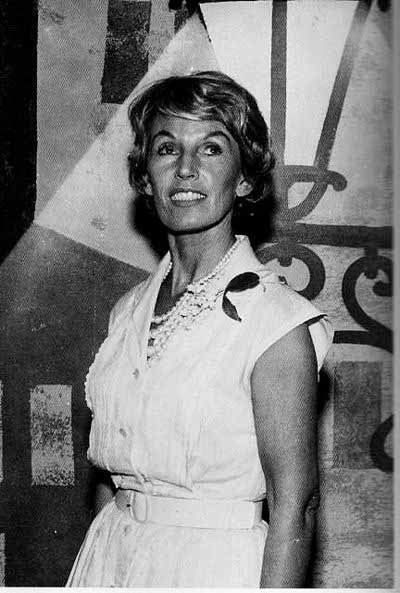
In 1922, aged 17, she married Paul Ernst Wilke (1894–1971), a local painter. They had three children: Björn, Carmen-Litta, and Michael. Shortly after the birth of their last child, the marriage broke up. Leaving the children in the care of her siblings Thekla and Helmut, Lale went to Berlin in October 1929, where she reportedly studied acting at the Schauspielschule at the Deutsches Theater. In 1931, her marriage ended in divorce. Around this time, she began appearing on stage in various cabarets in Berlin. From 1933–1937, she performed at the Schauspielhaus in Zürich, where she also met Rolf Liebermann, who would remain a close friend for the rest of her life. In 1938, she was in Munich at the cabaret Simpl, and soon afterwards joined the prestigious Kabarett der Komiker (Comedians' Cabaret) in Berlin.
"Lili Marleen" and the war years
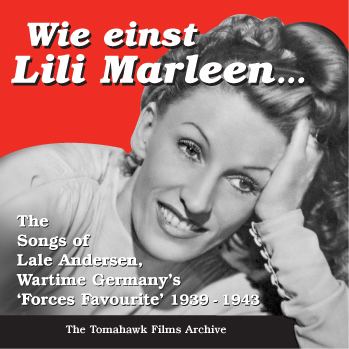
While at the Kabarett der Komiker, she met Norbert Schultze, who had composed the music for "Lili Marleen". Lale recorded the song in 1939, but it would only become a hit when the Soldatensender Belgrad (Belgrade Soldier's Radio), the radio station of the German armed forces in occupied Yugoslavia, began broadcasting it in 1941. "Lili Marleen" quickly became immensely popular with German soldiers at the front. The transmitter of the radio station at Belgrade, was powerful enough to be received all over Europe and the Mediterranean, and the song soon became popular with the Allied troops as well.
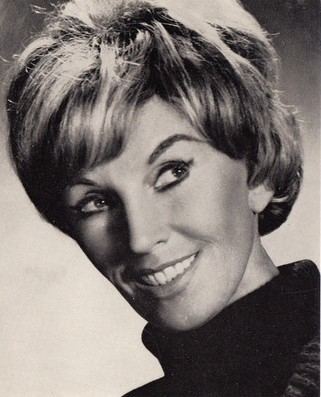
Andersen was awarded a gold disc for over one million sales of "Lili Marleen" [His Masters Voice - EG 6993]. It is thought that she was awarded her copy after the end of World War II. A copy of this particular gold disc owned by the "His Masters Voice" record company was discarded during the renovation of their flagship store on Oxford Street, London, during the 1960s where, hitherto, it had been on display. However, the disc was recovered and is now in a private collection. Nazi officials did not approve of the song and Joseph Goebbels prohibited it from being played on the radio. Andersen was not allowed to perform in public for nine months, not just because of the song but because of her friendship with Rolf Liebermann and other Jewish artists she had met in Zurich. In desperation, she reportedly attempted suicide.
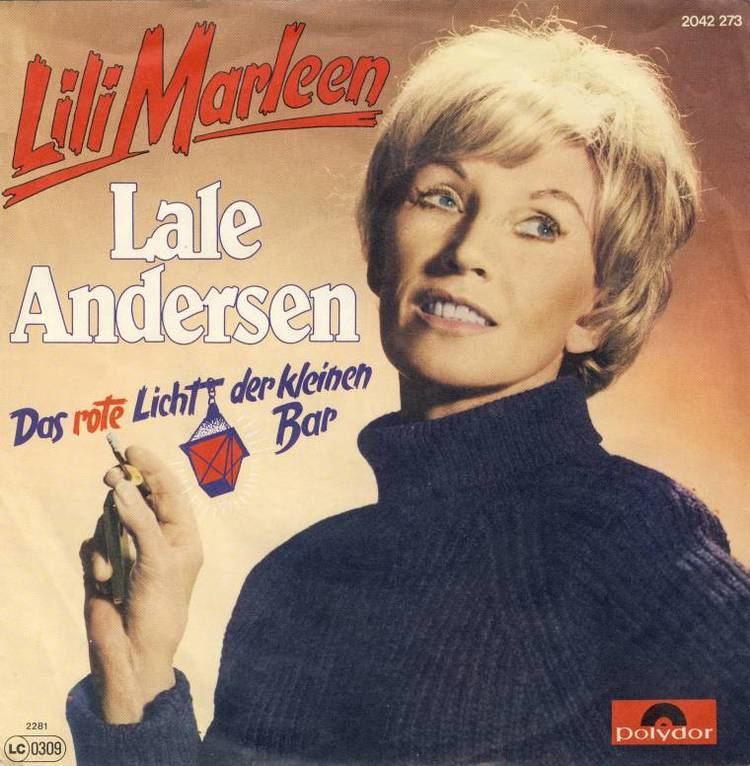
Andersen was so popular, however, that the Nazi government allowed her to perform again, albeit subject to several conditions, one of which was she would not sing "Lili Marleen". Goebbels did order her to make a new "military" version of the song (with a significant drum) which was recorded in June 1942. In the remaining war years, Andersen had one minor appearance in a propaganda movie and was made to sing several propaganda songs in English. Shortly before the end of the war, Lale retired to Langeoog, a small island off the North Sea coast of Germany.
Career after World War II
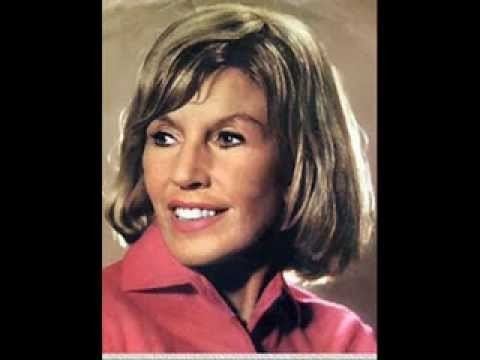
After the war, Andersen all but disappeared as a singer. In 1949, she married Swiss composer Artur Beul. In 1952 she made a comeback with the song "Die blaue Nacht am Hafen", which she had written the lyrics for herself. In 1959, she had another hit "Ein Schiff wird kommen...", a cover version of "Never on Sunday", the title song from the movie of the same name, originally sung in Greek by Melina Mercouri.
Both songs won her a gold album each in Germany. In 1961, she participated as the representative of Germany in the Eurovision Song Contest with the song "Einmal sehen wir uns wieder", which only reached 13th place with three points. Fifty-six years old at the time, for over 45 years, she held the record of the eldest participant at Eurovision---surpassed only in 2008 by the 75-year-old Croatian entertainer 75 Cents).
Throughout the 1960s, she toured Europe, the United States and Canada, until her farewell tour Goodbye memories in 1967. Two years later, she published a book Wie werde ich Haifisch? – Ein heiterer Ratgeber für alle, die Schlager singen, texten oder komponieren wollen (How do I become a shark? - A cheerful companion for all who want to sing hit songs, write lyrics, or compose music), and in 1972, shortly before her death, her autobiography Der Himmel hat viele Farben (The Sky Has Many Colours) appeared and topped the bestselling list of the German magazine Der Spiegel.
Death
Lale Andersen died of liver cancer in Vienna, aged 67. She was buried on Langeoog.
